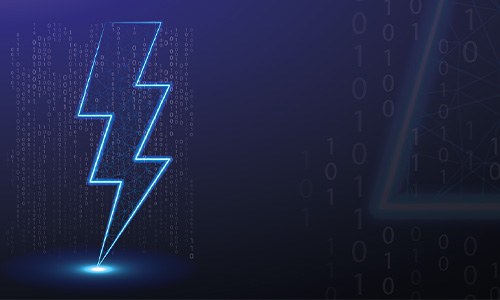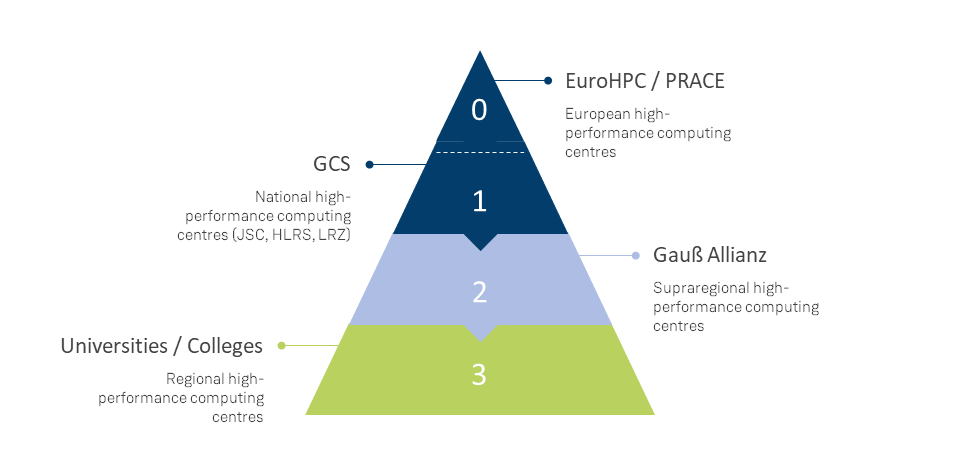Supercomputer for intensive calculations and AI
JUWELS
JUWELS is a multi-petaflop modular supercomputer representing a European and national supercomputing resource for the Gauss Centre for Supercomputing. In addition, JUWELS serves the Earth system modeling community and the AI community within the Helmholtz Association as well. The modular supercomputer was the fastest computer in Europe and the most-energy efficient of the 100 fastest computers in the world when it was launched. >> Press release




